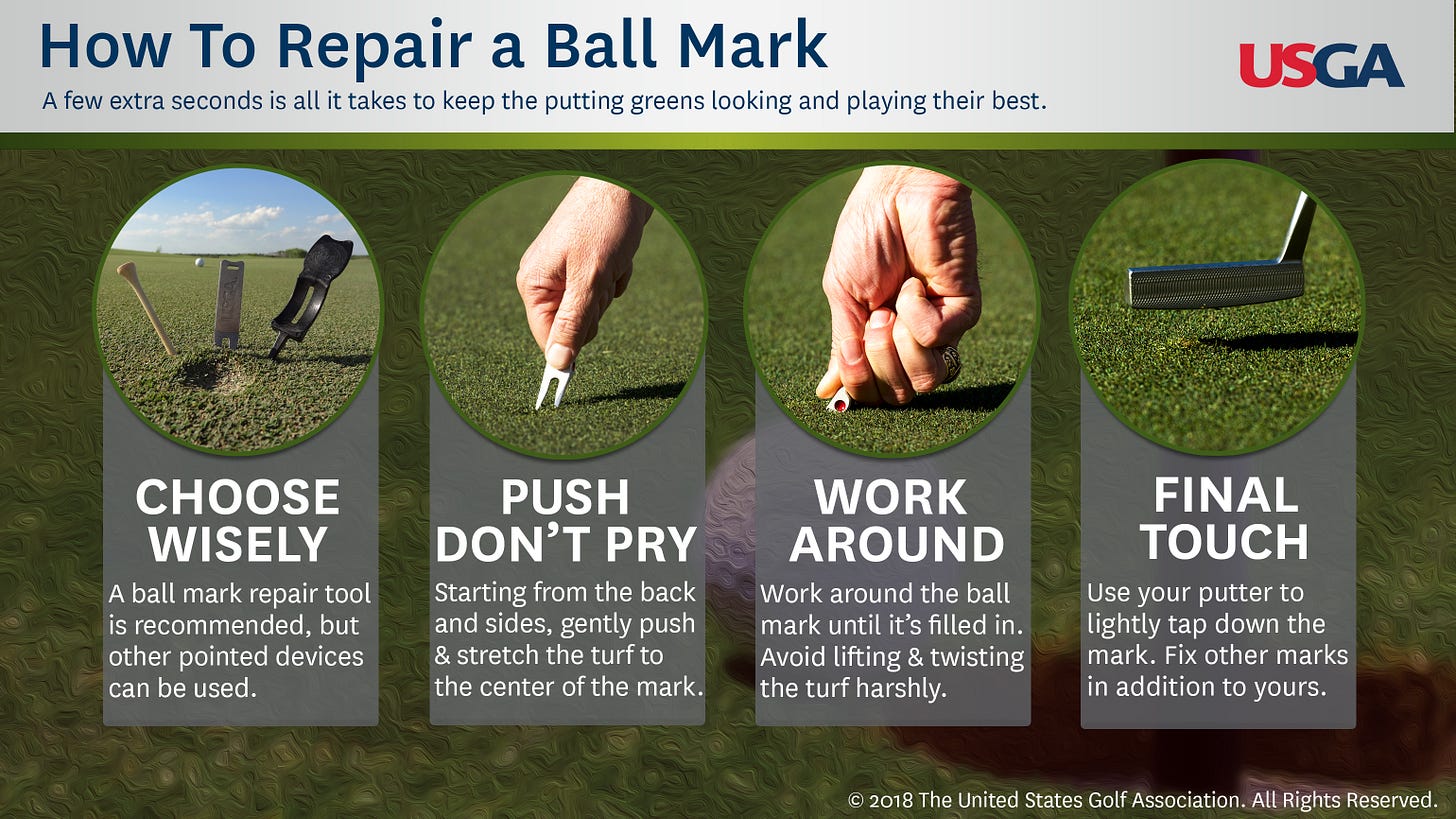Over the last five years, the game of golf has experienced growth typically reserved for the emergence of generational players in the professional ranks. The likes of Francis Ouimet, Arnold Palmer, and Tiger Woods spurred previous booms, but this current surge is driven by something different.
COVID-19 introduced thousands of new players to the game. Its naturally spaced-out nature, outdoor setting, and remote environments made it one of the few recreational options available during lockdowns. These players have largely remained engaged, and new participants continue to join the sport—often inspired by the online popularity of YouTube groups like GoodGood, No Laying Up, Bob Does Sports, ForePlay, and Grant Horvat.
Focusing on player personalities and storytelling, these content creators have attracted newcomers with the sport’s social appeal and “cool” factor. However, with so many new players entering golf through nontraditional channels, gaps in foundational knowledge—particularly around etiquette—have emerged. To help bridge that gap, here are some of the basics:
Pace of Play
The traditional pace for an 18-hole round of golf is four hours. Some courses—especially difficult ones, resort layouts, or those with widely spaced holes—may allow for slightly longer rounds, but four hours remains the gold standard. Unfortunately, many American municipal courses are experiencing rounds that stretch to five hours or more.
For casual golf, consider these helpful tips:
Pick up your ball after reaching double par on a hole.
Use the new out-of-bounds drop rule, which allows you to drop in the fairway and hit your fourth shot.
Employ generous “gimme” putting rules if your group is falling behind.
Also, note that overly packed tee sheets can slow things down. Spacing groups less than seven minutes apart often causes congestion on the course.
Fixing Conditions
Spring brings wet conditions—and big divots. It’s important to replace divots in the fairway to support healthy grass regrowth and maintain fair playing surfaces for the groups behind you.
Similarly, always repair ball marks on the greens to promote smooth putting surfaces and long-term health of the turf. Don’t forget to rake bunkers after use to ensure consistent playing conditions for others.
Playing in Turn
The general rule is that the player farthest from the hole plays first, and on the tee, the player with the lowest score on the previous hole goes first. When players use multiple tee boxes, distance from the hole still determines the order.
That said, when pace of play becomes an issue, a “ready golf” approach can help—whoever is prepared to hit can go, provided it’s safe. Walkers should head toward their ball and prepare to play while others are taking their shots. Always be mindful of others' lines of play and skill levels—you don’t want to interfere with another player’s shot.
Marking Putts
Many YouTube golfers have moved away from traditional marking on greens, sometimes using tees or other nonstandard items. These can interfere with other players’ putts.
Using a coin or a designated ball marker is the proper approach. It not only helps maintain etiquette and speed up play but also builds good habits—especially if you ever decide to play competitively.
As golf continues to evolve and welcome new players through nontraditional paths, it’s essential to maintain the core values that make the game enjoyable and respectful for everyone. Etiquette, pace, and course care aren’t just formalities—they’re part of the culture that has sustained the game for generations. Whether you’re a seasoned veteran or a newcomer inspired by your favorite YouTube group, understanding and practicing these basics helps ensure that the game remains accessible, fun, and fair for all. Let’s grow the game the right way—together.






GREAT post. We need to spread the word. Thanks.